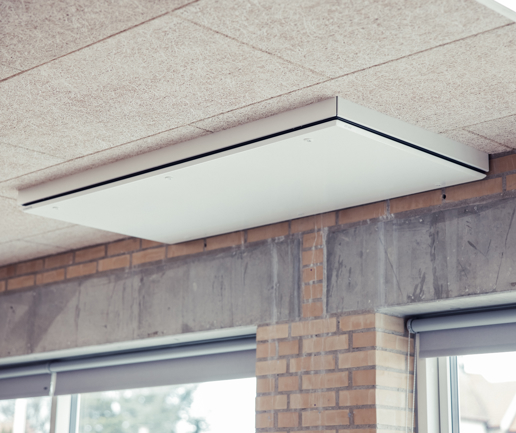Extend the service life of the unit.
You can help extend the service life of your Airmaster unit.
One way to do this is to make sure you change the filter in the unit - and to use original Airmaster filters.
This also ensures that energy consumption remains minimal throughout the service life of the unit.



